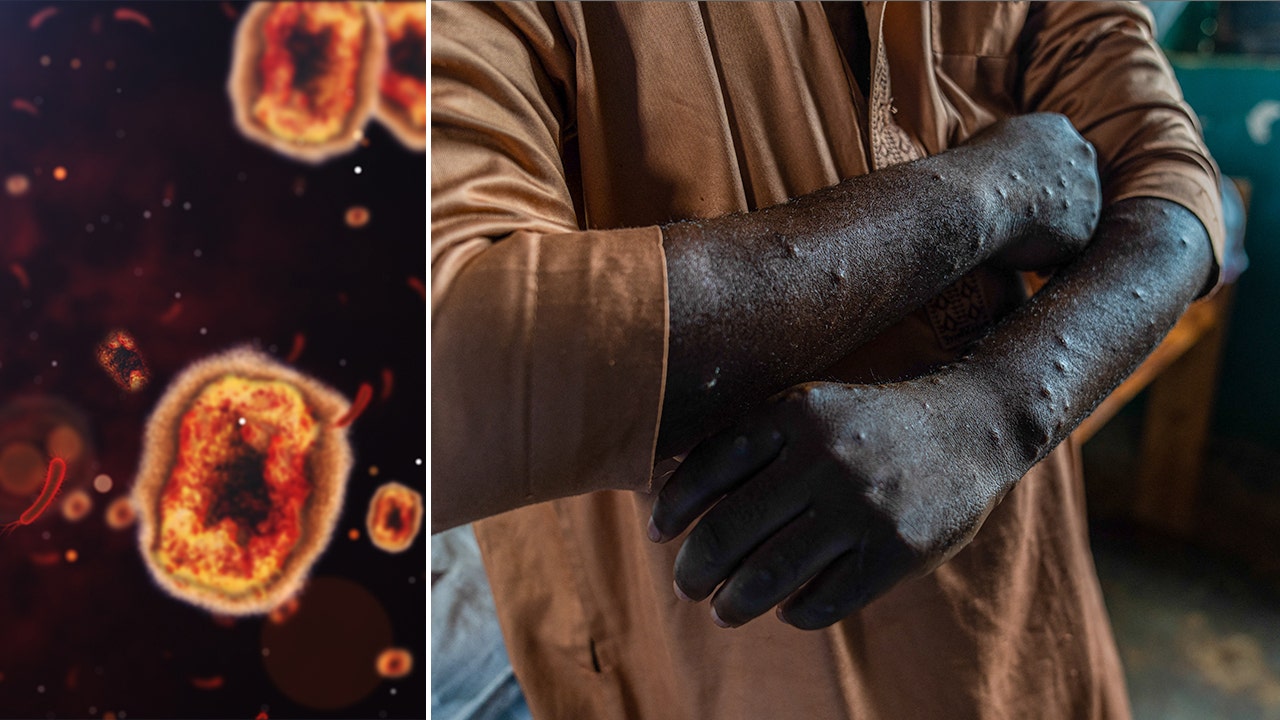Around the world, the latest Omicron subvariant, BA.5, is quickly becoming the dominant strain of the SARS-CoV-2 virus. It just took the top spot in the U.S.: As of the last week of June, BA.5 made up more than half of all new COVID-19 cases, according to new estimates from the U.S. Centers for Disease Control and Prevention (CDC). That’s up 10 percentage points compared to the prior week.
For several reasons—including a lack of protective mandates and mutations in the virus—BA.5 may now be tricky to get under control.
The power of BA.5 (and its sibling BA.4, which makes up about 16% of new U.S. cases, has the same spike protein mutation as BA.5, but doesn’t seem to spread as quickly) is its ability to infect, and reinfect, almost anyone. This highly contagious strain can evade people’s built-up immunity, whether from vaccination or previous infection. As Nature reports, lab studies show that even people who have so-called “hybrid immunity” from vaccination and a past infection with the Omicron BA.1 strain are less able to ward off reinfection from either the BA.4 or BA.5 strains. Experts believe this is due largely to changes in the virus’ spike proteins. Current COVID-19 vaccines and boosters target the original strain of the virus rather than any of the variants, so being vaccinated doesn’t offer as much protection as it once did against infection. (Luckily, the vaccines still confer broad protection against the worst outcomes of the disease.)
Since BA.4 and BA.5 have taken over, “we have seen some cases of reinfection,” Dr. Wesley Long, an experimental pathologist at Houston Methodist Hospital, told CNN, “and I have seen some cases of reinfection with people who had a BA.2 variant in the last few months.”
Combine the virus’ greater transmissibility and more immune evasion with fewer protective mandates across the country, and the threat of infection is high. Conditions are also ripe for new variants to emerge, since the risk of mutations increases the more the virus spreads. On top of this, recent research (which has yet to be peer reviewed) found that people who had been reinfected with COVID-19 had a higher risk of hospitalization and death than people who had just been infected once. They were also more likely to develop new and lasting health issues, including lung and heart problems, fatigue, digestive and kidney disorders, diabetes, and neurologic problems.
Vaccine manufacturers are trying to keep up with the virus. On June 30, the U.S. Food and Drug Administration (FDA) said that new booster shots for the fall must target BA.4 and BA.5. But while companies are developing new vaccines to specifically address Omicron, it’s still unclear how effective they will be in tackling the more recent subvariants, or, if the virus keeps evolving so rapidly, whether anything developed now will be outdated by the time it’s available.
The hopeful news is that from what experts can tell so far, the BA.5 variant isn’t causing a more severe form of infection (although scientists are still gathering more data on this), the reported symptoms haven’t changed much, and death and hospitalization rates in the U.S. are lower than they were during the winter Omicron wave. (This could change, however, as there appears to be a slight recent uptick in hospitalizations, according to the CDC.)
In the meantime, experts recommend that people over 50 not delay getting their boosters, since the risk of infection right now is high.
More Must-Read Stories From TIME





















Discussion about this post